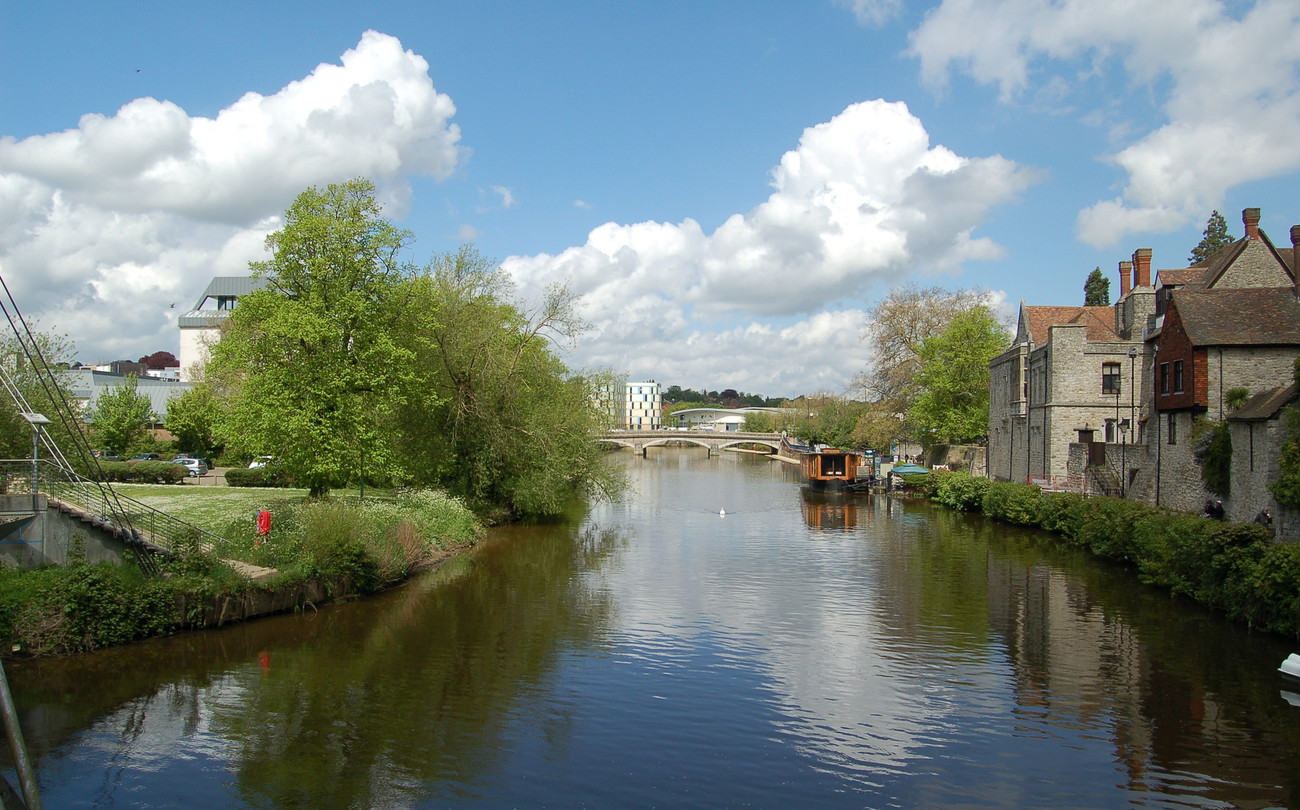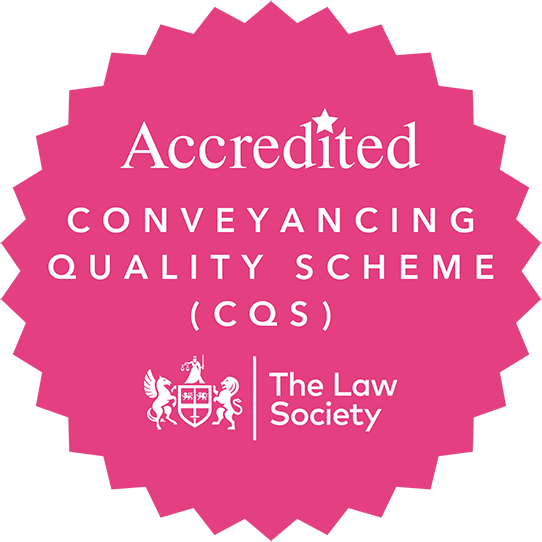
Purchasing Land for a Vineyard
Purchasing land for a vineyard can be an exciting investment opportunity, however, it is likely to involve more complex legal and financial considerations than the typical property transaction. To protect your investment and ensure a smooth acquisition, it’s essential to understand the legal nuances involved in buying and operating a vineyard.
Here’s a breakdown of the key considerations:
1. Land Acquisition and Title Review
One of the first steps in purchasing a vineyard is conducting due diligence on the property itself. Arguably, the most important part is identifying land suitable for planting vines. Such land is rare, making it considerably more valuable than ordinary bare land. After the initial significant financial outlay, it is worth remembering that vines can take between five – eight years to reach their full productivity. You need to have deep pockets and patience!
Unlike standard residential or commercial real estate, vineyards must meet specific agricultural criteria. This involves assessing the soil quality (soil fertility is a critical factor), climate (due to the Gulf Stream, vines near the coast are particularly productive as the climate there is significantly milder and drier), the slope (south facing is best), and water resources (think irrigation), all of which are essential for grape production. It’s crucial to verify that the title is free of encumbrances, covenants, or rights of way that may limit vineyard operations. Some properties may have historic rights attached to them, such as the right for local farmers or residents to access certain resources which could negatively affect your operations.
2. Environmental Compliance and Conservation Laws
Vineyards are subject to environmental and conservation laws, particularly if located within designated areas like National Parks or Areas of Outstanding Natural Beauty (AONBs). Farming practices must comply with sustainability guidelines, which may include restrictions on pesticide use, soil conservation, and water management. Depending on the vineyard’s location, additional permissions from Natural England or the Environment Agency may be required.
3. Planning Permission and Zoning Laws
It’s important to assess whether the property’s land use classification supports your planned activities. Vineyards generally fall under agricultural zoning, but if you plan to expand or build additional structures on site, such as tasting rooms or event spaces, you may need to obtain planning permission from the local planning authority. Most local authority planning departments are currently very stretched, so this could be a lengthy, as well as a costly, undertaking.
4. Business Structures and Tax Considerations
How you financially structure your vineyard purchase can affect your taxes and liabilities in various ways. It is therefore essential that you structure the vineyard business correctly to be as tax efficient as possible and maximise your protection against any liabilities. Your options include establishing a limited company or partnership, each with specific tax implications. Vineyard operations may qualify for certain agricultural reliefs under the Agricultural Property Relief (APR). It is therefore always prudent to consult an accountant with expertise in agriculture and viticulture to understand and implement the best business structure for your vineyard purchase.
Buying a vineyard is a rewarding but complex process requiring a keen understanding of agricultural, environmental, and business law issues. By consulting legal and other professionals in these areas, before committing to any transaction, you can make an informed purchase and safeguard your investment. This will also allow you to focus on what truly matters to you: producing quality wine and enjoying your vineyard. Find out more about purchasing land for a vineyard by contacting Alex Astley – a.astley@gullands.com

 Close Menu
Close Menu




















